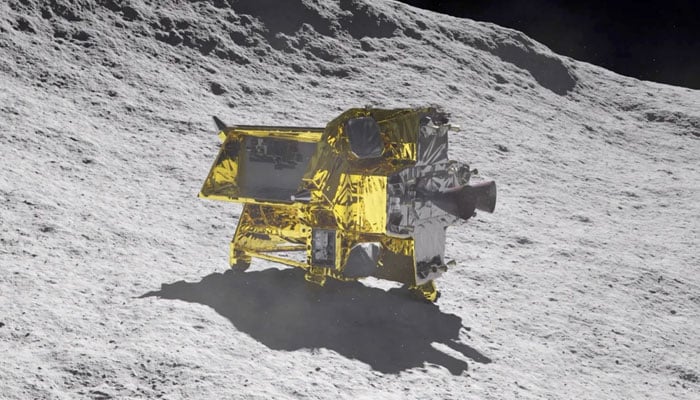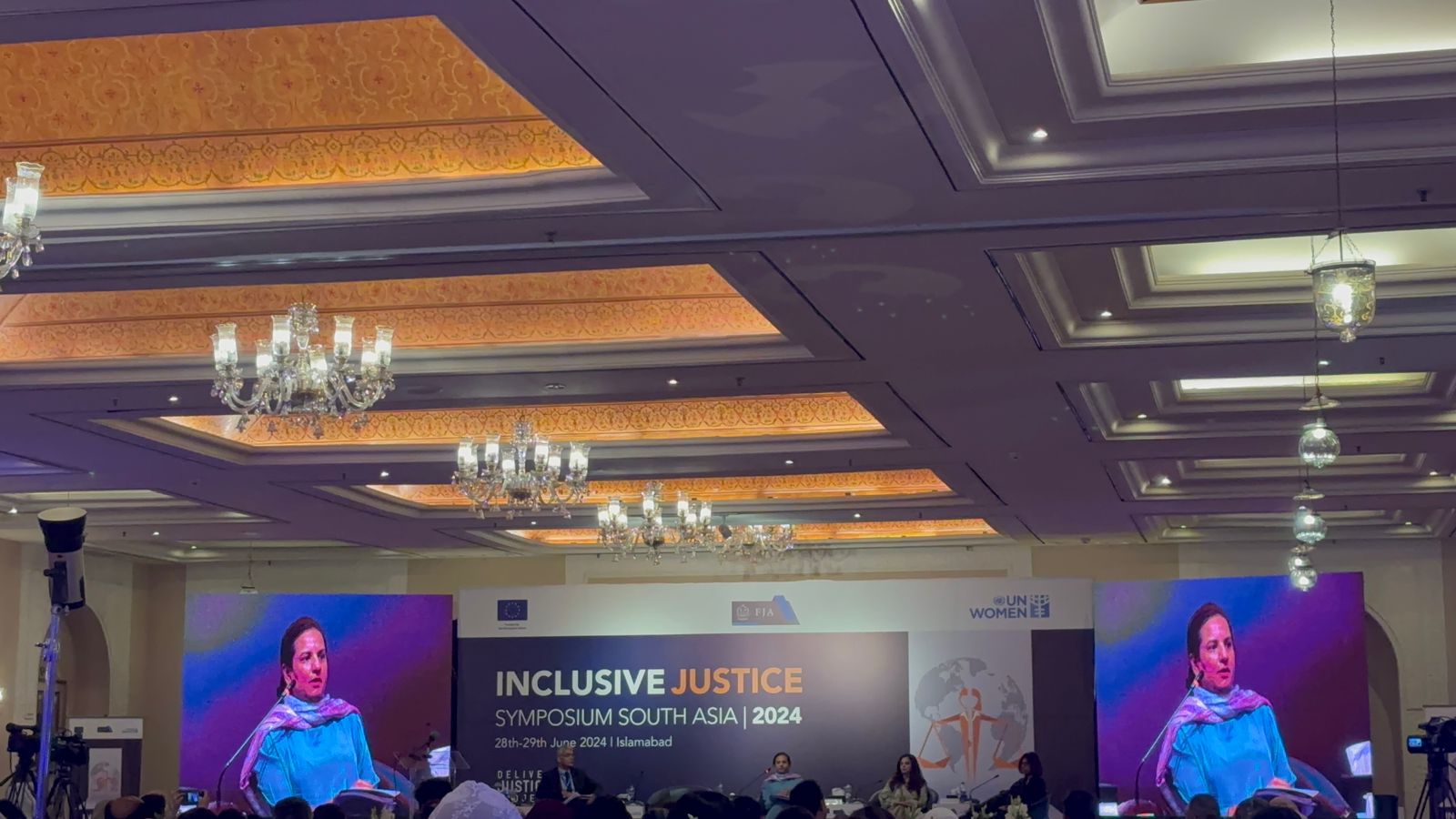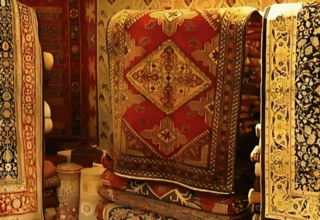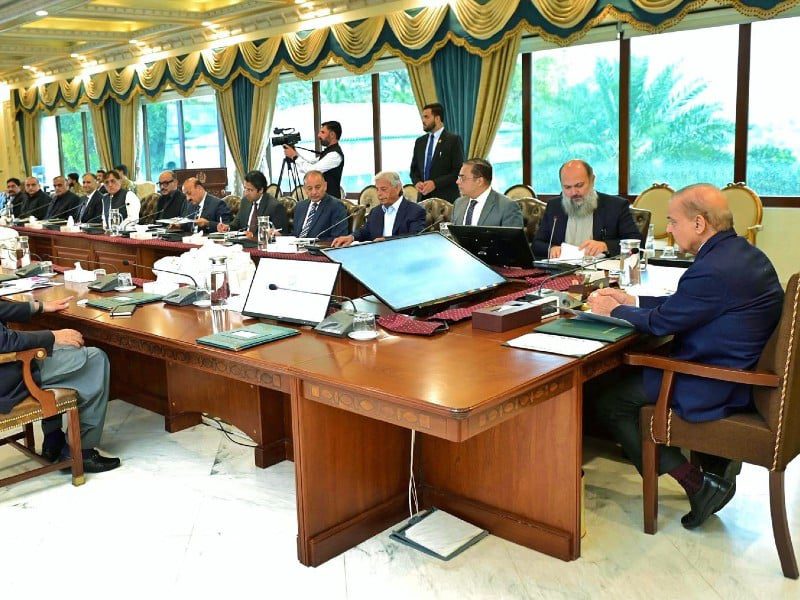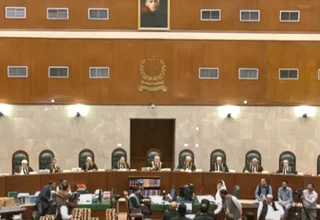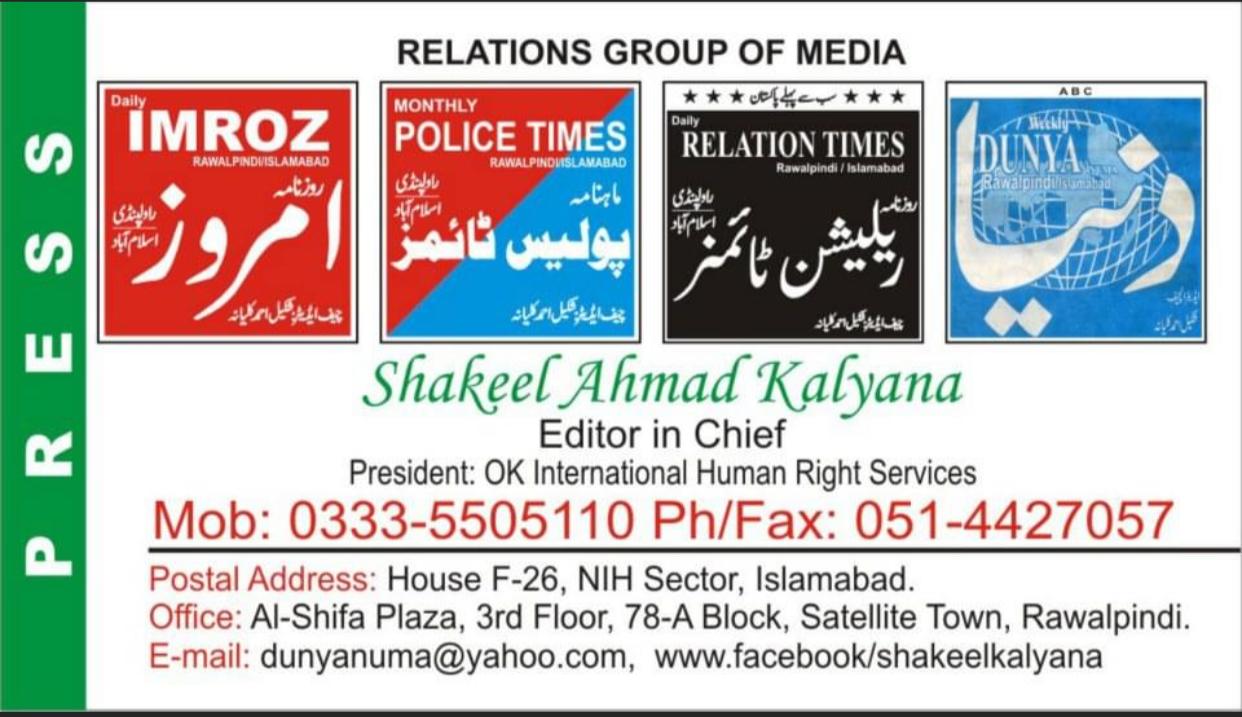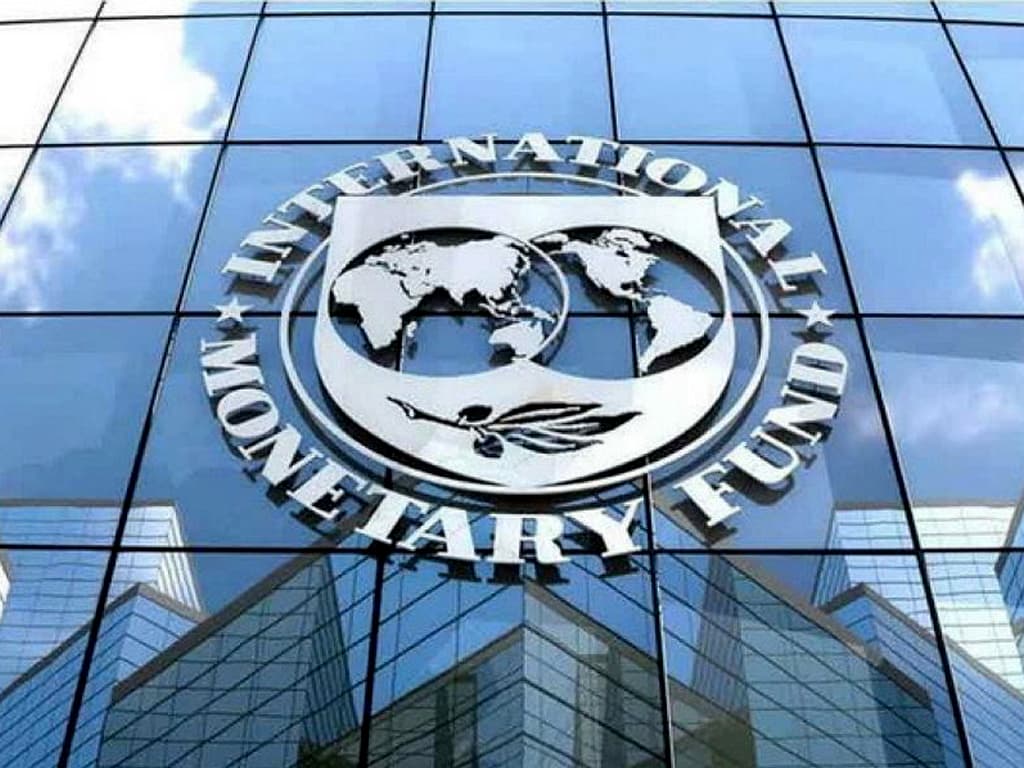Pakistan’s space scientists believe India’s successful moon landing busted myth that without Western technology space is no-go area — here’s their take on how India achieved this feat
Millions of people assembled in front of their television sets to experience the first-ever moon landing humankind had anticipated for so long.
Amidst long cheers and hopeful sights, the two American astronauts, Neil Armstrong and Edwin Aldrin, became the first human beings to ever set foot on the moon in 1969.
The same scene was reminisced again when paralleled with the recent Indian moon landing.
A series of loud applause welcomed the launch of Chandrayaan-3 to the moon and its eventual soft landing on its south pole.
The feelings of immense happiness and accomplishment of the Indian Space Research Organisation (Isro) scientists, children dancing in schools and civilians holding large feasts added to the collective mass celebration India saw on August 23 after marking their spot on the earth’s natural satellite.
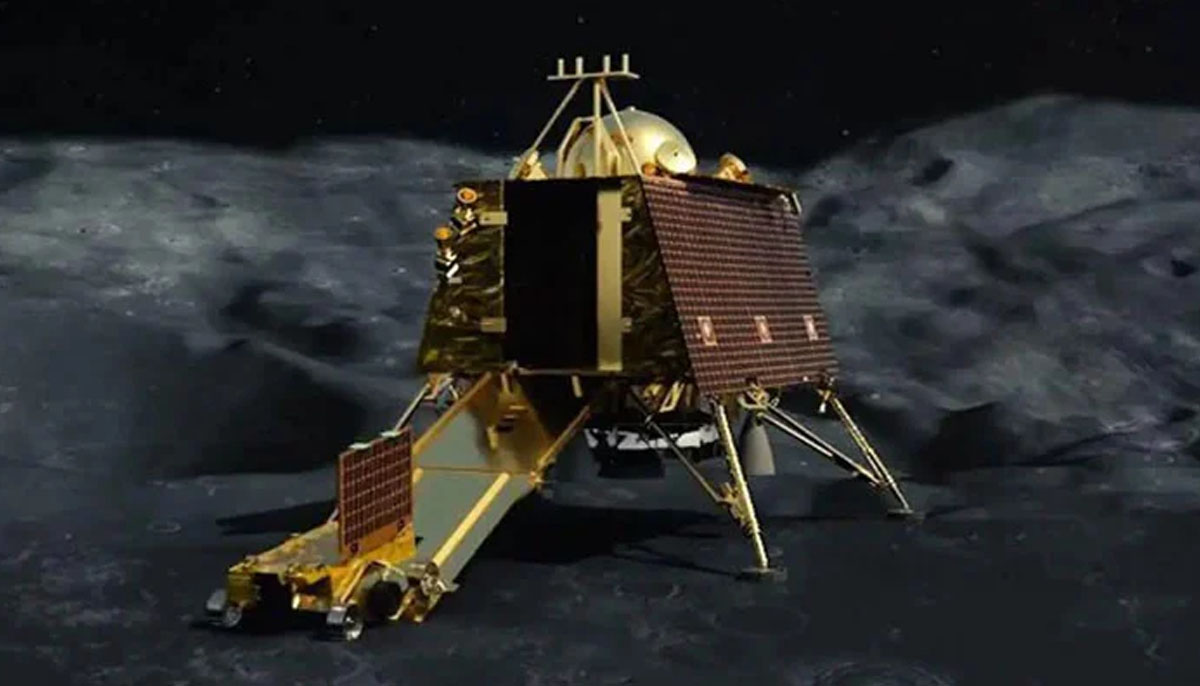
It wasn’t the first time a country had landed on the moon, but for a developing third-world nation like India, it was a magnificent feat.
Human race to space
The human race to space dates back to the 1950s. The Soviets’ curiosity about explorations beyond the Earth drew them first towards space. The first artificial satellite Sputnik 1 was sent to space by Russia in 1957. Following this unthinkable accomplishment by the Soviets, the United States kept sending satellites to command a space probe of their own.
The evident competition between the two superpowers further led them to send human beings into space. Yuri Gagarin of Russia was the first man to go into space, while the first American who followed the Soviet cosmonaut’s suit was Alan Shepard. Fast forward to this, the US pressurised its National Aeronautics and Space Administration (NASA) to send an astronaut to the moon as soon as possible.
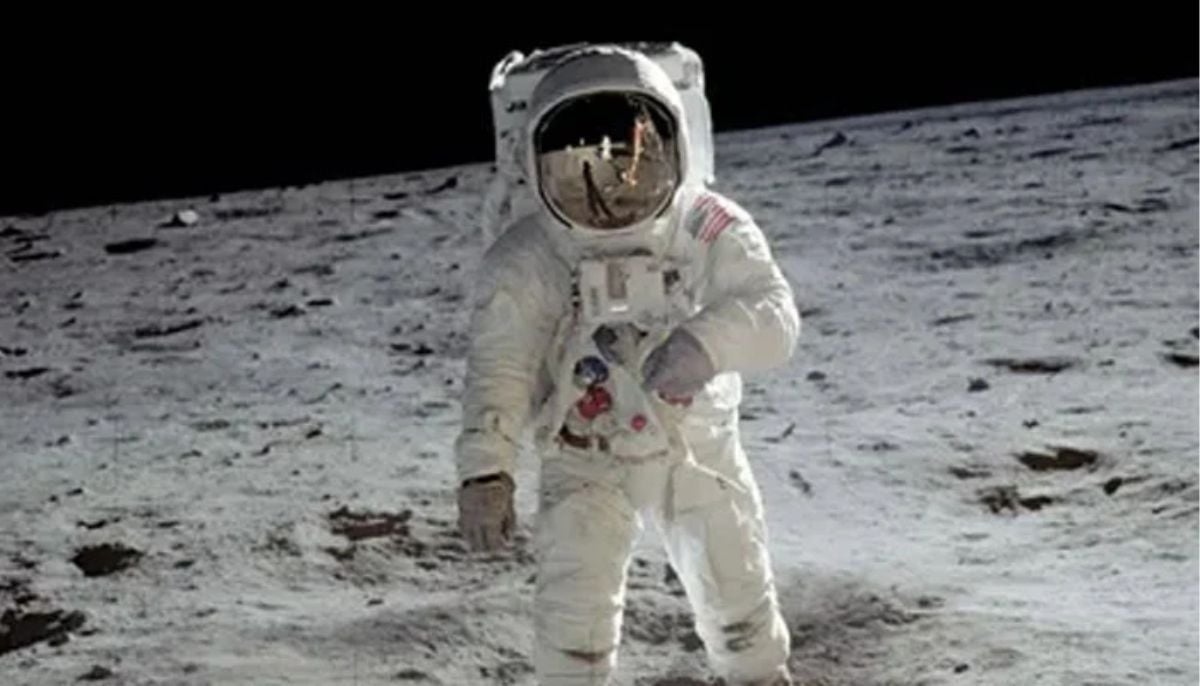
The space probes started out as a tug-of-war between the flourished economies of superpower nations. It soon started taking a huge toll on government expenditures. However, it also served in sending precious information about the universe back to the earth.
In budget lower than Hollywood movie Interstellar
Isro is being praised for its low-cost and budget-friendly space exploration. The space probes executed by Isro are cheaper than the budget of many Hollywood space and science fiction movies. The total cost of the Chandrayaan-3 mission was $75 million which is cheaper than the budget of Hollywood sci-fi movies Interstellar and Gravity.
Previously, the majority of moon missions were majorly limited to the moon’s north pole. The lunar north pole is visible from Earth, whereas the lunar south pole is called the far side. It is rougher with a surface full of craters, intermittent mass distribution with a variable orbital path and gravity units. While countries like the US and China are still trying to find ways to explore the lunar south pole, India became the first nation to do so.
The reuse of many technical parts in the recent Chandrayaan-3 spacecraft from the previous launches helped Isro save a lot.
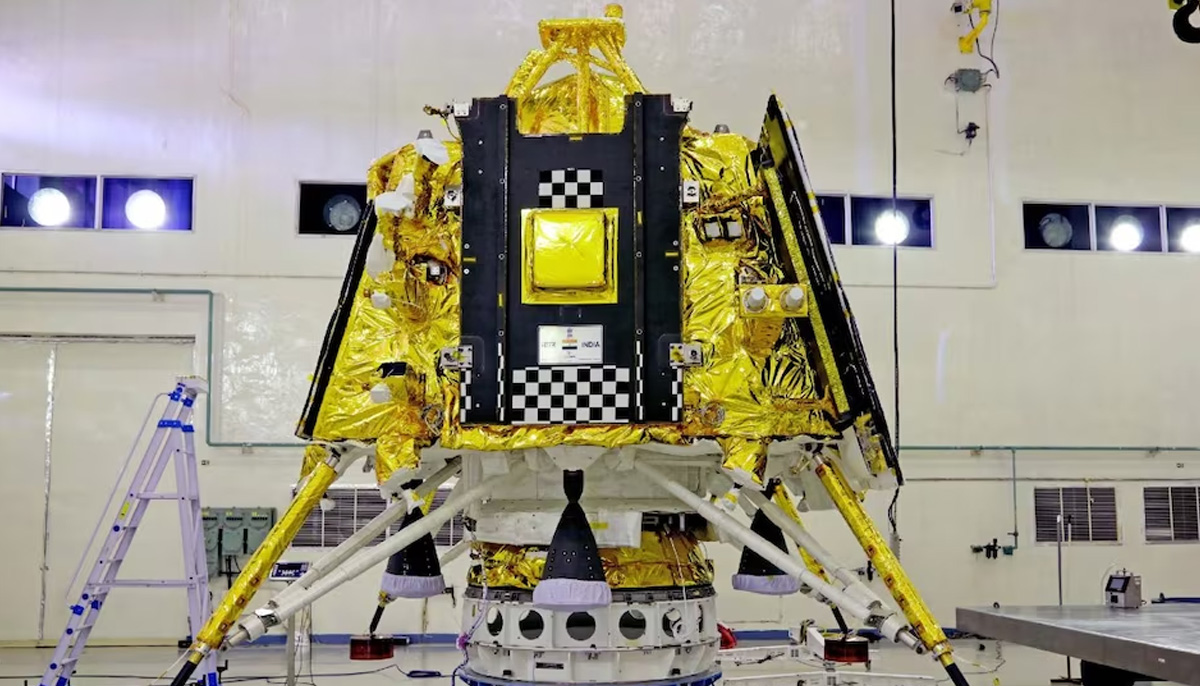
Isro did not rely on expensive imported space vehicle parts instead opted for self-manufacturing.
“Stuff is much cheaper to do in South Asian countries than it is in the US or EU. There are larger teams and a lot of expenses that were possibly avoided by Isro. Their mission to Mars was also on a lower budget than Western missions,” Shaheer Niazi — a Pakistani astronomer, scientist and physics student — told Geo.tv.
In 2013, the US alone spent about $40 billion on its space activities, which was more than the budget of all other countries combined. The activities carried out by Nasa accounted for $18 billion; with the bulk of the amount spent on space exploration, research, and cross-agency reports. As of now, Nasa is aiming for another $23 billion budget for its future space expeditions in 2023.
In contrast to other countries, India allocated $40 million for Isro starting in 2019.
Dr Javed Iqbal, a professor at the Institute of Space and Planetary Astrophysics (ISPA) at the University of Karachi, also compared the difference between the space programmes of Isro to those in the West in an interview with Geo.tv.
“Scientists working for Western space programmes have high salaries. The comparatively low salaries of Isro scientists also helped in cutting costs. Moreover, India has their own indigenous space technology. They didn’t have to buy anything from other countries already having a space programme.”
Will Pakistan send its satellite into space before 2040?
Pakistan has long aimed to have its own space programme. Amidst speculations about the Space and Upper Atmosphere Research Commission (Suparco), Pakistan’s premier space agency, launching its first space satellite before 2040, the space explorations face a hindrance either by economic constraints, lack of interest or not being included amongst top matters of priorities in the country.
“Mostly because the economy is focused towards defence and agriculture, and fulfilling other needs, plus lack of competent authority to lead or begin space programmes are one of the prominent reasons behind Pakistan’s space research lagging behind,” Shaheer told Geo.tv.
The young scientist lamented there was no regard for space programs in Pakistan even when the economy was comparatively efficient.
Economical constraints are a particular hindrance for Pakistan not having a space programme yet. This led to a collective disregard of this phenomenal field, which can efficiently stabilise the country’s economy.
It is also important to note that all the current satellite technology has been borrowed by Pakistan from its ally countries. Pakistan is yet to possess its own space satellite technology.
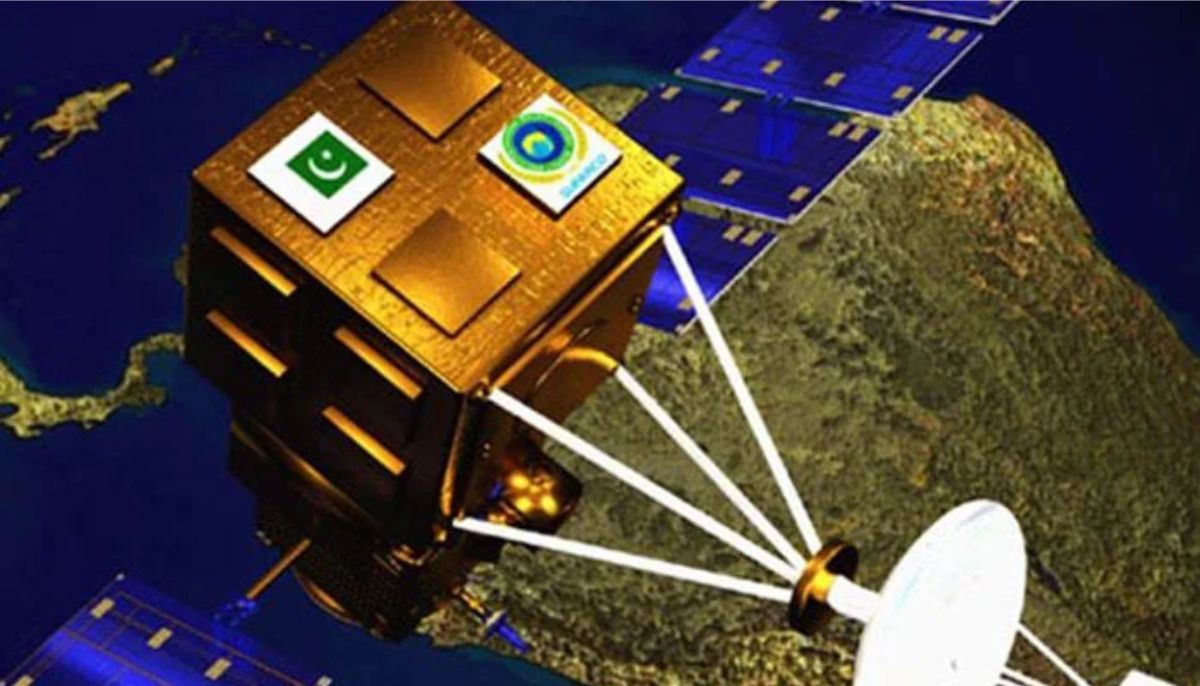
“You can’t purchase technology. In order to be considered a flourishing space programme, a country needs to have its own technology. Most of the tech provisions are given by China to Pakistan. Pakistan’s earth-bound satellites have Chinese technology,” Dr Javed explained.
He emphasised the need for collective national prioritisation of space projects and the need for hard work by scientists and engineers to own one’s own space programme.
“When the atomic bomb was made by countries around the world, Pakistan didn’t borrow anyone’s skills and technological knowledge. We made our own atomic bomb with the dedication of our scientists and the collective interest of our government. Similarly, Pakistan needs to have self-manufactured space technology, if it wants to have successful probes outside the earth,” the ISPA professor said.
Dr Javed highlighted how India invested in its indigenous scientists. “They worked hard to build their own space technology. Pakistan also needs to prioritise investing in its own scientists, engineers and students. We cannot call China’s provided knowledge our own.”
To make Pakistan’s space satellite, the professor stressed collaboration between missile engineers and scientists, as the space satellite’s rocket is similar to a missile engine.
“Suparco can’t do all the work, they need to work together with experts from missile-making institution [National Engineering and Scientific Commission] Nescom,” he added.
India’s Chandrayaan-3 mission is also considered as a political opposition. Due to a long history of unlikely ties with each other, both India and Pakistan are evident geographic rivals. While many Pakistanis are lauding India for its successful moon landing, some officials fear concerns regarding its political effects on Pakistan, as India moves ahead in modern technology.
When referring to India and its technological innovations during the launch of the book “Emerging Threats and Changing Doctrines” in Islamabad, Lieutenant-General (retd) Sarfraz Sattar — former director general of the Strategic Plans Division (SPD) — said Pakistan faces a neighbour that poses a threat to its existence.
“America, Russia and Israel are helping India with modern technology. India initiated its space technology programme two years after Pakistan. It also has 21 military satellites and has joined the countries capable of landing on the moon,” he said.
Stressing the need for Pakistan’s own satellite, Lt Gen (retd) Sattar added that the National Command Authority approved 21 satellites in 2018. “These satellites will fulfill Pakistan’s necessities.”
In order to compete in the global and regional economic war, Pakistan will have to opt for educational and monetary investment in a space programme.
What’s next for Chandrayaan-3 and Isro?
After encountering a giant crater and being directed to a safer path, the Vikram lander and Pragyan rover of Chandrayaan-3 are set to continue their probes on the moon’s south pole.
The rover has found sulfur on the lunar surface along with a chemical collection of aluminium, calcium, chromium, iron, manganese, oxygen, titanium, and silicone. There is also the presence of water ice.
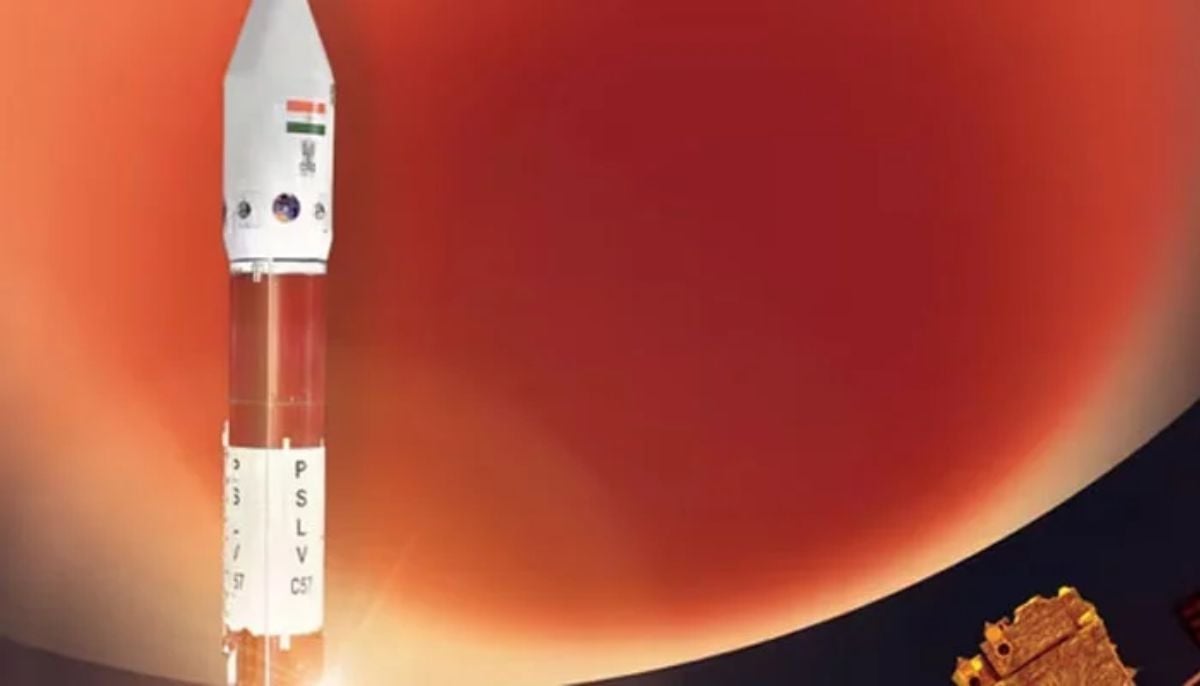
Isro’s next mission is solar exploration as India is now aiming for the sun. They have launched the Aditya-L1 spacecraft, which will study solar corona and winds. It has completed the launch trials and will give in-depth insights into the dynamics of the sun’s atmosphere and its effect on the space weather.


